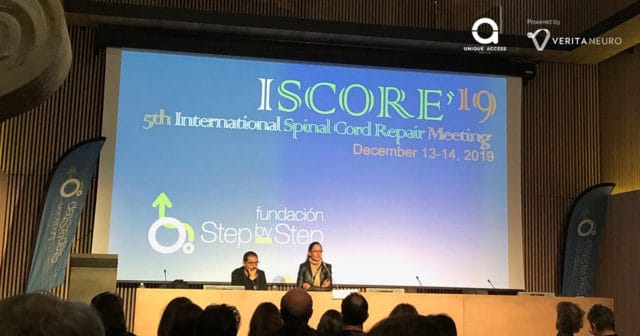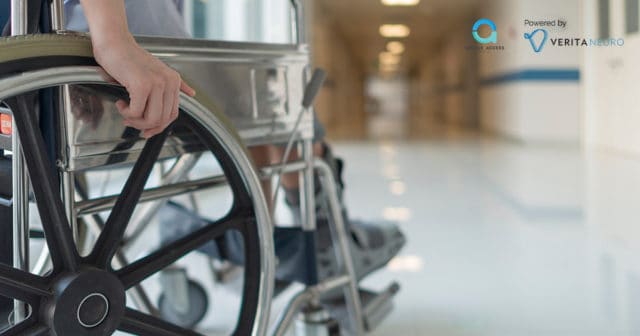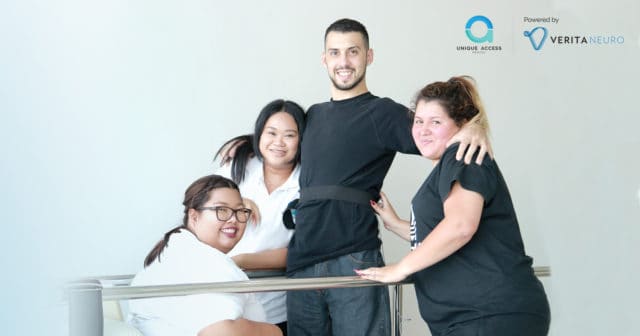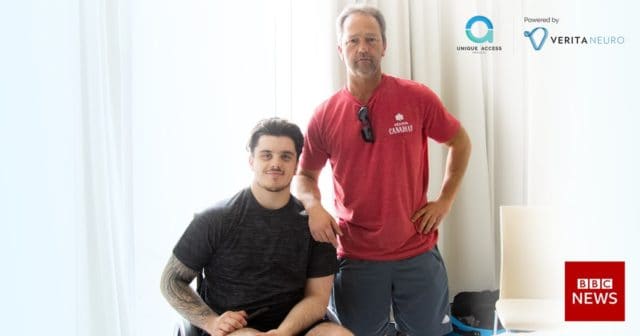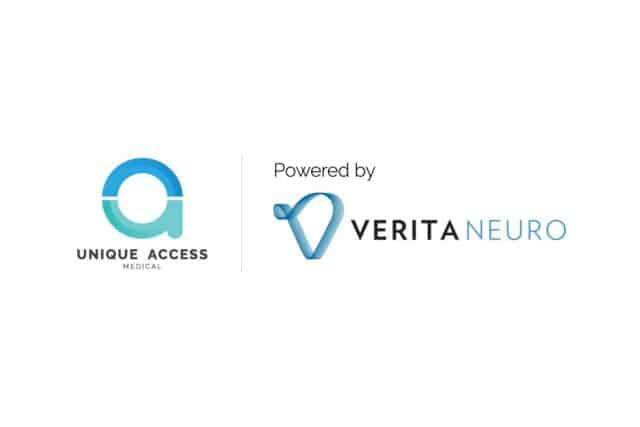Back in January, 2018, U.S. President Donald Trump touted lawmakers’ efforts to provide dying patients with treatments considered experimental. He did so in his first State of the Union address, and one year later the Right to Try Act was passed into law.
The law intends to remove the FDA from the drug-approval process in certain cases, giving pharmaceutical companies a chance to provide experimental drugs to desperate patients earlier than normal. But so far, that hasn’t happened.
Proponents of the program see it as an obvious opportunity for big pharma to circumvent the usual FDA red tape they have to deal with, so they’re confused why new medications and treatments aren’t more readily accessible to patients with diseases like cancer, multiple sclerosis, and ALS.
Opponents of the program aren’t surprised by the confusion. Their concern was that Right to Try would flood the market with unproven drugs and procedures that could harm patients and give them false hope, so the sluggish start has many detractors feeling vindicated.
Progress may be slow, but some is being made. In the U.S., a biotech firm called BrainStorm Cell Therapeutics has an ALS drug approved for trials by the FDA — but not yet approved for commercial distribution — called NurOwn.
They are making one course of NurOwn available free of charge to an ALS patient in Pennsylvania. In another case, the University of California at Irvine has made a next-generation glioblastoma drug available. Unfortunately, more examples of patients having options outside of conventional treatments are few and far between.
But there are other ways for patients to avoid the FDA’s slow and burdensome oversight process and gain access to safe, effective breakthrough procedures.
Unique Access Medical (UAM) is perhaps the finest example. Our breakthrough procedure, Epidural Stimulation, doesn’t rely on legislators in Washington, D.C. or the Right to Try program for permission. Since 2016, we’ve assisted over 50 SCI patients (Spinal Cord Injury patients) from around the world and witnessed their dramatic quality of life improvements.
Today, Epidural Stimulation is the most advanced procedure available for empowering paraplegics and quadriplegics who have lost the ability to control their limbs voluntarily, and who must endure the many other discouraging symptoms resulting from their spinal-cord injury.
And while the procedure has been approved for FDA trials and is being explored by numerous reputable healthcare providers and research institutions in the U.S. and Europe, it is available commercially only through UAM and our expert partners in Thailand and India.
What’s more, in the very near future UAM will be able to contribute to the research literature, as we are on track to earn the necessary certifications for conducting our own clinical trials. Then, not only will we be the foremost access provider to Epidural Stimulation, we’ll be a trusted source for information and new insights into SCI treatment.
Among neurologists searching for cutting-edge spine treatments, Epidural Stimulation is the ultimate example of what U.S. Senator Ron Johnson — the man who spearheaded the Right to Try efforts — says the law was intended for.
“It will save people’s lives and it certainly gives people a little more freedom, a little more hope,” which is what UAM is all about. Our focus is on making safe, effective, progressive treatments available to patients whose home healthcare system can’t deliver the freedom to choose or much hope for the future.
To find out more about UAM’s twin goals of progressive SCI treatments with compassionate care, or to request an Epidural Stimulation consultation, contact a patient representative today.
Source : www.statnews.com



